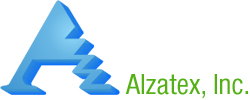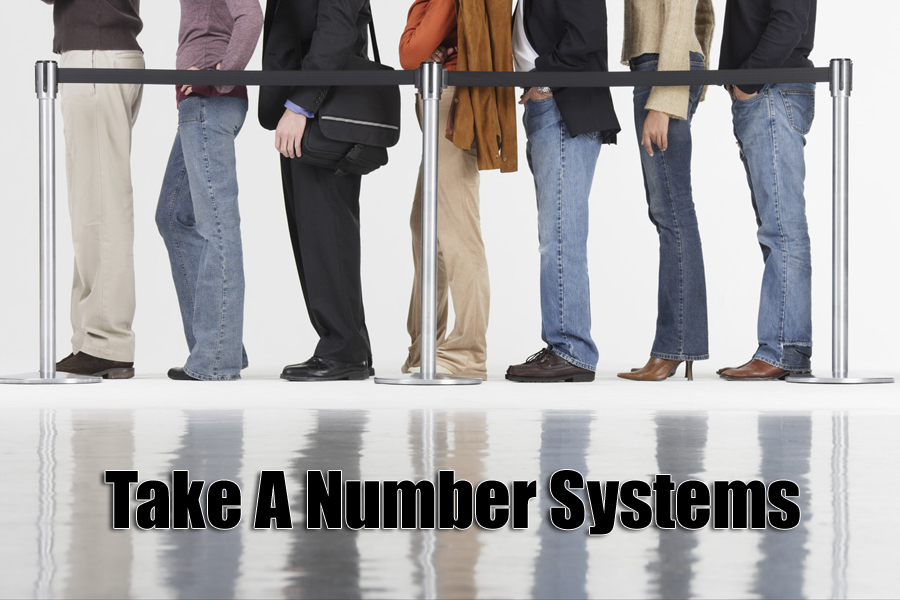 Loading... Please wait...
Loading... Please wait...Line Management Systems
Posted by GL on 19th Jan 2015
Line management systems reduce the frustration for queued patients in an increasingly large number of medical facilities.
Every administrator, office manager, doctor, nurse, lab technician, scheduler, clinic director or admissions clerk knows that keeping patients waiting in long, slow-moving lines is a recipe for poor service.
Not only can long waits cause patients to become extremely upset and agitated, but it can also result in lost opportunities in the form of walk-outs and poor patient reviews.
This is especially the case in today’s world of instant information dissemination. Consider that websites such as HospitalStats.com broadcast wait times for all the world to see. No one wants to top the dubious list of the “longest” in their area, such as LAC+USC Medical Center in Los Angeles with an ER wait time of 6 hours and 48 minutes.
Fortunately for hospitals, clinics, labs and private offices that regularly deal with long queues, a little organization and a better system for informing patients as to their waiting progress can bring calm and quiet to an area that is too often in upheaval. For this reason, advanced “wait line management systems” are now being installed in an increasing number of medical institutions, labs and offices.
Not only does wait line management—also known as queue management—reduce the aggravation levels of patients and offer the potential to increase revenues, but it also benefits the employees who receive the brunt of complaints from angry patients kept too long waiting. At the same time, the latest systems improve operational efficiency through the accurate tracking and evaluation of wait times and processes.
Longer Waits = Greater Frustration
By themselves, long wait lines create discontent among patients. “How long do I have to sit here before I get served?!” is an oft heard sentiment. Not liking to be “kept in the dark,” people want answers. Without them, they get angry.
Adding to this frustration are environmental issues such as hot temperatures, sterile waiting rooms, uncomfortable chairs, or hard floors that tire the legs. Then there are individual issues such the presenting medical complaint, a gnawing hunger, or problems that the patient has carried over from work or home. Added together, you have a recipe for revolt.
This frustration translates into lost revenues, as some patients eventually leave an office and seek medical care elsewhere. At a minimum, unhappy patients will complain about the long wait to their family and friends. Today, that complaint can reach much further through dot-com review sites like RateMDs, HealthGrades, RateADentist and even ConsumerReports.org.
“News travels fast, but bad news travels faster,” says Terry Lang, owner and founder of Alzatex, Inc., an Aloha, Oregon-based manufacturer of high technology timing systems that serve the military, medical, sporting, education and municipal industries. “Not only that, but it takes about ten good reviews to outweigh one bad one. No doctor or facility administrator can afford to let complaints about waiting in line too long tarnish an otherwise solid reputation.”
Patient frustration from unknown wait durations further hurts a business when that resentment gets taken out on front- and back-office personnel. The patient may not complain directly to the doctor, but they often vent their anger on the help. These workers can only take so much before they lash back; risking immediate patient alienation. Either that or the employee eventually becomes discontented and looks for employment elsewhere.
At the same time, poor wait time management accounts for losses on the balance sheets. “Without the accurate tracking of patient wait times, management cannot improve operations within that aspect of doing business,” explains Lang. “Medical practice today is all about shortening treatment times and other processes as much as possible. Unknown delays in any part add up to wasted opportunities in the form of lost income and cost overruns.”
Knowledge is Power
Wait line management systems address these issues by coordinating wait times in order to help shorten them. Just as important, they keep those in line appraised of just how long the wait is. This immediately provides the patient with a great sense of reassurance. Now they know how long the wait will be and can look forward to the end. They also regain some sense of control of that time.
“Through accurate notice of the ‘time interval to service,’ these systems transform wait time into free time,” continues Lang. “Patients can then open a book, make telephone calls, surf the Web, or even delay their time of arrival based on the expected time of the service.”
The data to provide this knowledge is collected and broadcasted through several important components of hardware and software within a line management system. Basic systems include a “take-a-number” ticket dispenser (on a floor stand or mounted); hard-wired buttons that front-office personnel use to advance numbers; and flashing indicator lamps placed over service windows—like “admissions”—to identify which window is now open.
More advance systems serve several windows and incorporate wireless buttons. The Alzatex system, for one, also offers a controller with SD card memory for capturing wait times, number of people waiting and several other events. As part of the system, that information is stored and organized in software that enables department administrators to handle all aspects of queue management in real-time and make adjustments where needed; perhaps by troubleshooting delays, opening new lines, or lending assistance.
Information provided by such systems can include the: service type (as identified by letter codes); estimated wait time and number of patients still waiting; current ticket number for the patient being served; total patients served per hour or per day; and minutes taken to serve each patient. Such knowledge helps improve operations and the bottom line.
Spreading the Benefits to all Medical Disciplines
If anything has delayed the wide adoption of wait line management systems, it is the fact that customization has been lacking. Until recently, such systems were only offered “off the shelf” for applications such as the post-office or bakeries. How could that carry over to a laboratory that does blood tests on large groups of waiting patients, for example?
This issue has now been addressed through systems that utilize customized engineering to link up of the various hardware and software components in manner tailored to meet the specific needs of even the most unusual applications.
“Every medical specialty or facility can now cost-effectively improve patient relations through a customized wait-time system,” Lang sums up. “What better way to attract new patients than to advertise the fact that your office, lab, clinic or hospital features wait time notification?”
Given the many benefits that wait line management brings to the table, these systems deserve serious consideration by any medical provider that wishes to employ them as a competitive advantage.

